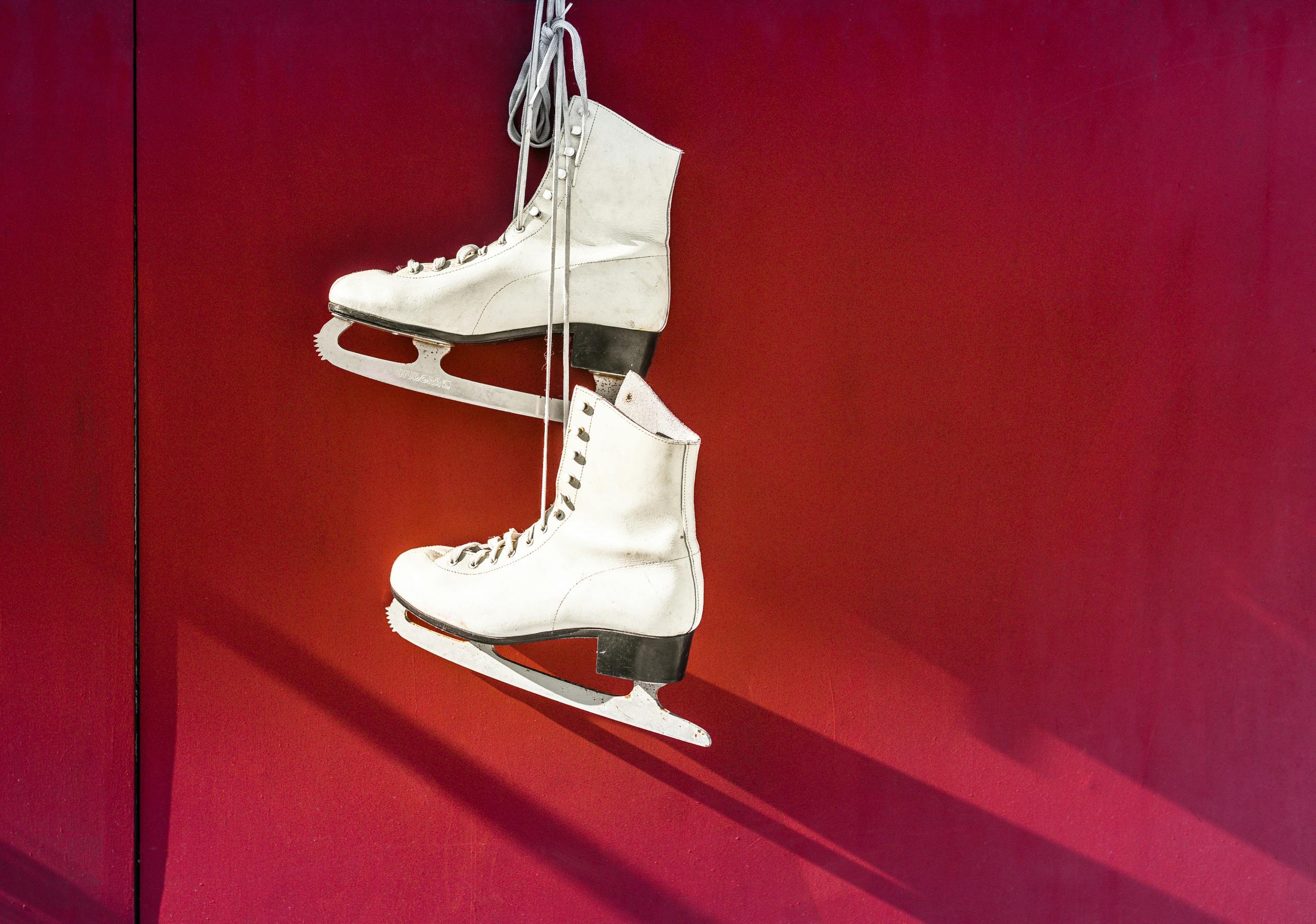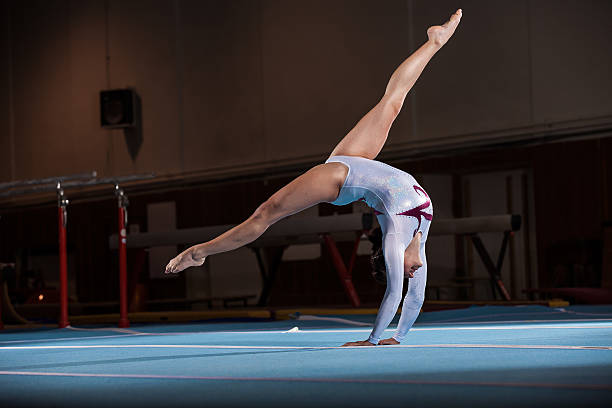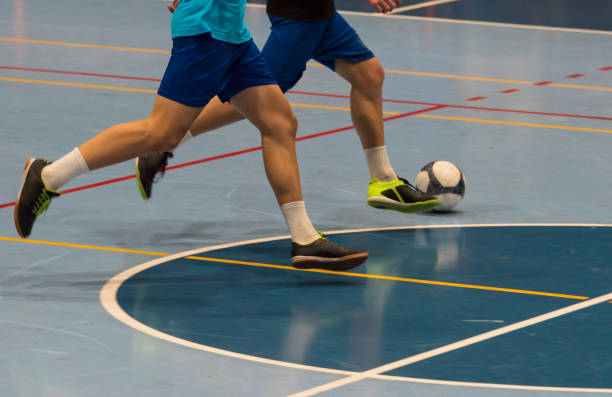Shattering the Ice - The Untold Story of Synchronized Ice Skating
Synchronized ice skating—a sport that marries grace, precision, and teamwork, is one that has seen a remarkable journey. From its humble beginnings to its current status as a renowned winter spectacle, this article delves into the fascinating evolution of this discipline, the current trends shaping it, and the impact it has on its athletes and audiences alike.

The Birth of Harmony on Ice
This beautiful and complex sport can trace its roots back to the mid-20th century. The first synchronized skating team was formed in 1956 by Dr. Richard Porter in Michigan, USA, originally intended as a halftime show for a local hockey team. His innovative idea quickly gained popularity and spread across the nation and, eventually, the globe.
The Leap to Competitive Sport
The growth and development of synchronized ice skating were swift and remarkable. In less than three decades from its inception, the sport had gained enough momentum to be recognized by the U.S. Figure Skating Association in 1984. Moreover, the International Skating Union, the global governing body for ice sports, officially recognized it in 2000.
The Athleticism Beneath the Elegance
While the spectacle of synchronized skating is undeniably beautiful, it demands immense physical and mental strength from its athletes. The precision, endurance, and agility required to execute complex formations while maintaining perfect harmony with up to 19 other skaters are a testament to the rigorous training involved.
The Current Landscape and Trends
The sport’s popularity continues to grow, with over 600 teams registered worldwide. Synchronized skating is now a feature at the Winter Universiade and is pushing for inclusion in the Winter Olympic Games. The trend towards more complex and daring routines reflects the increasing athleticism and skill of its athletes.
The Future of Synchronized Skating
The future of synchronized ice skating seems bright, with the sport evolving to incorporate more challenging elements and techniques. Its Olympic inclusion would undoubtedly catapult the sport to new heights, but regardless, synchronized skating will continue to enchant audiences with its unique blend of elegance, athleticism, and unity.
In conclusion, synchronized ice skating is a breathtaking testament to the power of teamwork and the sheer beauty of sport. Its evolution from a halftime show to a globally recognized discipline highlights the potential of innovative ideas in reshaping the sports landscape. As the sport continues to grow, it promises to remain a captivating spectacle that pushes the boundaries of what is possible on ice.





